Different Types of Illustration That You Have To Know

Created by MisconceptionAIArt | https://www.deviantart.com/misconceptionaiart/art/Floral-Sage-1035483926
In the vast and ever-evolving world of visual arts, illustration stands out as a cornerstone of creativity and communication. From the intricate lines of a pen-and-ink drawing to the vibrant hues of a digital masterpiece, the type of illustration an artist chooses to work with can significantly impact the storytelling and message conveyed. This article delves into the myriad forms of illustration, each with its own history, techniques, and unique charm, offering a panoramic view of this multifaceted discipline.
Illustration is not merely a way to decorate or add visual interest; it is a powerful medium through which artists can evoke emotions, convey complex ideas, and connect with audiences on a profound level. Whether it's capturing the whimsy of a child's imagination in a picture book, illustrating concepts in an educational textbook, or bringing fantasy worlds to life, the versatility of illustration is boundless.
As we explore the different types of illustration, we invite you to appreciate the depth and diversity of this art form. Understanding the nuances of each type can enrich your appreciation of the artwork and the creative minds behind them, highlighting the significance of type illustration in shaping our visual culture.
Traditional Illustration
Traditional illustration encompasses a rich tapestry of art forms, each rooted in the tactile experience of creating with physical media. Before the advent of digital tools, artists relied on brushes, pens, inks, and paints to bring their visions to life. This type of illustration remains revered for its authenticity and the unique texture it brings to artworks. Techniques such as watercolor, charcoal, lithography, and etching invite us into a world where every stroke and smudge tells a part of the story.
In the realm of traditional illustration, the artist's connection with their work is palpable. The physicality of the media adds a dimension of spontaneity and serendipity that digital methods can only emulate. Each piece is a testament to the artist's skill and the unpredictable nature of the materials at hand. This form of type illustration has been instrumental in the development of visual storytelling, from ancient cave paintings to the elaborate illustrations in medieval manuscripts and beyond.
Despite the rise of digital art, traditional illustration retains its charm and significance in the art world. Its enduring appeal lies in the warmth and depth it brings, offering a sensory richness that digital illustrations strive to replicate. For collectors, the uniqueness of a handcrafted piece holds immense value. As we continue to embrace modern advancements in art, traditional illustration stands as a testament to the timeless beauty of human creativity and craftsmanship, marking its indelible impact on the landscape of type illustration.

Created by Valery Slauk | https://www.instagram.com/p/C4qA_RnJvXO/
Digital Illustration
Digital illustration represents the cutting edge of artistic expression, blending traditional artistry with the limitless possibilities of technology. This type of illustration has transformed the creative process, allowing artists to experiment with colors, shapes, and textures in ways that were unimaginable with only physical media. The digital canvas offers an unparalleled level of precision and control, enabling illustrators to refine their work with a level of detail that pushes the boundaries of imagination.
The advent of digital tools such as graphic tablets, styluses, and sophisticated software like Adobe Photoshop and Illustrator has democratized the field of illustration. Artists can now produce work more efficiently, with the ability to undo, redo, and modify their creations with ease. This has not only accelerated the production of art but has also opened up new avenues for creativity and experimentation.
Digital illustration is a cornerstone of modern visual communication, playing a pivotal role in everything from advertising and media to web design and video games. Its versatility makes it a powerful type of illustration for conveying complex narratives, branding messages, and artistic concepts in a visually compelling manner. Moreover, digital art's ability to be easily shared and distributed across the globe has fostered a more interconnected art community, breaking down geographical and cultural barriers.
As we navigate through the digital age, digital illustration continues to evolve, pushing the limits of what can be achieved on the modern canvas. It embodies the fusion of technology and art, offering a boundless platform for creative expression and innovation in type illustration. Through digital illustration, artists are not only shaping the future of visual culture but are also redefining the essence of creativity itself.

Created by haranikala | https://www.instagram.com/p/C4qLWU8PEsu/
Children's Book Illustration
Children's book illustration is a magical realm where art meets the innocence and imagination of young readers. This type of illustration is pivotal in storytelling, as it provides the visual context to words, bringing stories to vibrant life. The illustrative art found in children's books plays a critical role in engaging young minds, aiding in comprehension, and fostering a love for reading from an early age.
Artists specializing in children's book illustration employ a wide array of styles, from whimsical and fantastical to realistic and educational. These illustrations are not merely decorative but are integral in setting the tone of the story, developing characters, and creating an immersive environment that captivates the child's imagination. The choice of color, line, and composition in these illustrations works in harmony with the narrative to evoke emotions and encourage empathy and understanding among young readers.
The creation of a children's book is a collaborative process between the author and the illustrator, where both forms of creativity merge to tell a story that is greater than the sum of its parts. This type of illustration demands a deep understanding of the audience's cognitive and emotional development, as the images must be engaging, understandable, and appropriate for their age group.
Children's book illustration holds a special place in the heart of type illustration, bridging generations and cultures. It underscores the power of visual storytelling in education and entertainment, making it an indispensable tool in nurturing the next generation of readers and thinkers.

Created by miriameisenbacher_illustration | https://www.instagram.com/p/C14Ghueo2Tq/
Concept Art
Concept art stands as the cornerstone of visual development in the entertainment industry, serving as the blueprint for worlds yet to be fully realized. This type of illustration is crucial in the early stages of production for video games, films, animation, and even theme parks, providing a tangible vision for creative teams to build upon. Concept artists are tasked with the unique challenge of translating ideas and narratives into compelling visual forms, setting the stage for the aesthetic and mood of the final product.
Through a combination of imagination and technical skill, concept art explores possibilities, playing with elements of design, color, and composition to create a coherent visual language that defines the project. This process involves not only character and environment design but also the creation of objects, vehicles, and more, ensuring that every aspect of the visual world is thoughtfully considered.
The importance of concept art lies in its ability to convey complex ideas visually, allowing for a shared understanding and direction among a project's team. It acts as a bridge between the conceptual and the tangible, guiding the development process and ensuring that the final outcome aligns with the original vision.
In the realm of type illustration, concept art represents the synergy between creativity and functionality. It is not just about creating beautiful images but about problem-solving and storytelling, making it an indispensable element in the creation of immersive and engaging visual experiences. As technology and storytelling mediums evolve, so too does the role of concept art, continually pushing the boundaries of imagination and innovation.

Created by bakaarts | https://www.instagram.com/p/C4le9REtWvZ/
Editorial Illustration
Editorial illustration is a dynamic form of type illustration that plays a crucial role in the landscape of media and publishing. It involves creating imagery that complements and enhances written content, often for magazines, newspapers, and online articles. These illustrations provide a visual commentary on current events, social issues, and cultural topics, bridging the gap between text and the reader's imagination.
The power of editorial illustration lies in its ability to convey complex ideas and emotions in an instant. Through the use of metaphor, symbolism, and narrative imagery, illustrators can capture the essence of an article, offering readers a new perspective on the subject matter. This type of illustration requires not only artistic skill but also a deep understanding of the content and context, enabling the illustrator to create work that resonates with the audience and stimulates thought and discussion.
In today's digital age, editorial illustrations have gained even more significance. With the constant bombardment of information and the ever-decreasing attention spans of readers, compelling visuals are vital for engaging audiences. These illustrations can make articles more memorable and shareable, increasing their impact and reach.
As a form of type illustration, editorial art is endlessly versatile, adapting to various styles and techniques to best suit the message and medium. Whether through bold, graphic lines or delicate watercolors, illustrators bring depth and dimension to the written word, proving that a picture can be just as powerful as a thousand words.

Created by andreuzaragoza | https://www.instagram.com/p/C1HAbckKTel/
Fashion Illustration
Fashion illustration is an enchanting domain where art meets the ever-evolving world of fashion design. This type of illustration serves as a creative foundation for designers to express their ideas and visions before they are brought to life in the form of garments. Historically, fashion illustrations were the primary means of communicating designs and trends before the advent of photography. Today, they continue to be a vital aspect of the fashion industry, celebrated for their artistic value and their role in the design process.
Fashion illustrations are more than just drawings of clothing; they capture the mood, texture, and essence of the garments, often incorporating elements of fantasy and whimsy. They allow designers to experiment with color, form, and composition, pushing the boundaries of conventional fashion design. This form of type illustration is also used in marketing and editorial content, adding a touch of elegance and sophistication to fashion magazines, advertisements, and social media platforms.
The unique blend of art and style in fashion illustration makes it a compelling and versatile medium. It not only showcases clothing but also reflects the cultural and societal trends of its time, making it an important historical record of fashion evolution.
In the realm of type illustration, fashion illustration stands out for its ability to inspire and innovate. As we look to the future, it continues to be an essential tool for designers and artists, offering endless possibilities for exploration and expression in the fashion industry. Through the stroke of a pen or brush, fashion illustrators create a world where art and fashion intersect, capturing the beauty and dynamism of style in every drawing.

Created by svetaleyfman | https://www.instagram.com/p/Cz8nMGHI3fD/
Comic Book Illustration
Comic book illustration, a vibrant and dynamic form of type illustration, stands as a testament to the power of sequential art in storytelling. This genre combines both visual art and narrative in a unique format, where every panel serves as a building block in the construction of a larger story. For BioWars lovers, this field offers endless inspiration. Comic book artists are tasked with the challenge of conveying motion, emotion, and plot progression through a series of static images, a skill that demands both artistic talent and storytelling prowess.
The art of comic book illustration encompasses a wide range of styles, from the simplistic and exaggerated to the detailed and realistic. This diversity allows illustrators to craft worlds that can be fantastical, gritty, or anywhere in between, providing an immersive experience for the reader. The interplay of images and text in comic books creates a rhythmic narrative flow, engaging readers in a way that text alone cannot.
In the realm of type illustration, comic book art plays a crucial role in popular culture, influencing movies, television, and video games. It is a medium that transcends age, appealing to both young readers and adults with its intricate plots and deep character development. Moreover, comic book illustration has the unique ability to address complex themes and social issues, making it a powerful tool for commentary and reflection.
As we continue to explore the vast landscape of illustration, comic book art remains a compelling example of how visual and narrative art can come together to create something truly extraordinary. It is a field that constantly evolves, pushing the boundaries of creativity and storytelling in the visual arts.

Created by jimbo03salgado | https://www.instagram.com/p/C4Xlsw2vTJR/
Medical Illustration
Medical illustration is a specialized field of type illustration that marries art with science to create visually informative material for medical and scientific communities. This unique form of illustration requires a deep understanding of both anatomy and artistry, as medical illustrators are responsible for producing accurate and detailed representations of the human body and medical procedures. These illustrations play a critical role in medical education, patient care, and research, providing a clear and understandable way to communicate complex medical concepts.
The work of a medical illustrator goes beyond mere artistic ability; it involves a comprehensive knowledge of biology, physiology, and medical procedures. This ensures that each illustration is not only aesthetically pleasing but also scientifically accurate. Medical illustrations can be found in textbooks, research papers, instructional videos, and patient education materials. They are essential for teaching medical students, explaining surgical procedures, and illustrating journal articles.
In the digital age, the scope of medical illustration has expanded to include 3D modeling and animation, offering new ways to visualize and understand the human body. These advancements have enhanced the effectiveness of medical education and patient information, making complex medical information more accessible to a wider audience.
Medical illustration stands at the intersection of art and science, demonstrating the significant impact of type illustration in the field of healthcare. It highlights the importance of visual communication in education and patient care, proving that illustrations can be as crucial as text in the dissemination of medical knowledge. As technology advances, the role of medical illustration will continue to grow, further bridging the gap between art and science.

Created by David Purnell | https://www.instagram.com/p/C2fg8JQRpI9/
Advertising Illustration
Advertising illustration is a powerful tool in the marketer’s arsenal, serving as a bridge between a brand and its target audience. This type of illustration is designed to grab attention, convey messages instantly, and persuade consumers through compelling visual narratives. Unlike traditional forms of advertising, illustrations can create a unique, stylized representation of products, services, or concepts, making brands more memorable and appealing.
In the realm of type illustration, advertising art must not only be visually striking but also strategically aligned with the brand's identity and values. It allows for creative freedom that can transcend the limitations of photography, enabling artists to exaggerate features, play with fantastical elements, or simplify complex ideas into digestible imagery. Whether it’s for billboards, print ads, online banners, or social media, advertising illustrations can adapt to various mediums, ensuring that the message resonates across all platforms.
The effectiveness of advertising illustration lies in its ability to evoke emotions and create connections with the audience. By employing humor, drama, or sentimentality, illustrators can craft stories that people relate to, thereby fostering a deeper engagement with the brand. Moreover, in a crowded marketplace, custom illustrations help distinguish a brand from its competitors, offering a fresh and unique perspective.
As a dynamic form of type illustration, advertising illustration continues to evolve with trends and technology, pushing the boundaries of creativity and communication. It proves that art and commerce can coexist, using the power of visual storytelling to captivate and inspire audiences worldwide.

Created by illozoo | https://www.instagram.com/p/CktbOq3O-3S/
Fantasy Illustration
Fantasy illustration is a genre of art that transports viewers to realms beyond the bounds of reality. This type of illustration is characterized by its exploration of mythical creatures, magical landscapes, and epic narratives that ignite the imagination. Fantasy artists wield their creativity to conjure worlds where the impossible becomes possible, blending elements of myth, folklore, and science fiction to create stunning visual stories.
The allure of fantasy illustration lies in its limitless potential for creativity. Artists are free to invent their own rules, designing characters, environments, and societies that challenge our perceptions of the world. This form of type illustration plays a crucial role in the development of fantasy literature, gaming, and film, providing a visual foundation upon which these stories are built. Illustrations bring to life the intricate details of these stories, enhancing the reader’s or viewer’s experience by offering a tangible glimpse into the author's imagination.
Moreover, fantasy illustration is a medium through which artists can explore complex themes such as heroism, adventure, and the struggle between good and evil. Through the use of symbolic imagery and allegorical elements, illustrators can delve into deep philosophical questions, inviting viewers to reflect on their own understanding of the world.
As a type of illustration, fantasy art stands as a testament to human creativity and our innate desire to explore the unknown. It encourages us to dream bigger, pushing the boundaries of our imagination to envision worlds beyond our wildest dreams. In doing so, fantasy illustration not only entertains but also inspires, reminding us of the power of art to transcend the limitations of our physical world.

Created by ededperkins | https://www.instagram.com/p/C4uJXwjt5Lw/
Conclusion
Type illustration, in its myriad forms, serves as a bridge between imagination and reality, bringing ideas to life through visual narratives. This exploration of different types of illustration showcases the versatility and depth of this art form, highlighting its significance across various industries. From traditional to digital, and from advertising to fantasy, each style offers unique opportunities for creative expression and storytelling. As we continue to navigate through the visual culture of our times, the importance of understanding and appreciating these diverse types of illustration becomes increasingly clear. They not only enrich our visual experiences but also deepen our connection to the world around us.
Let Us Know What You Think!
Every information you read here are written and curated by Kreafolk's team, carefully pieced together with our creative community in mind. Did you enjoy our contents? Leave a comment below and share your thoughts. Cheers to more creative articles and inspirations!


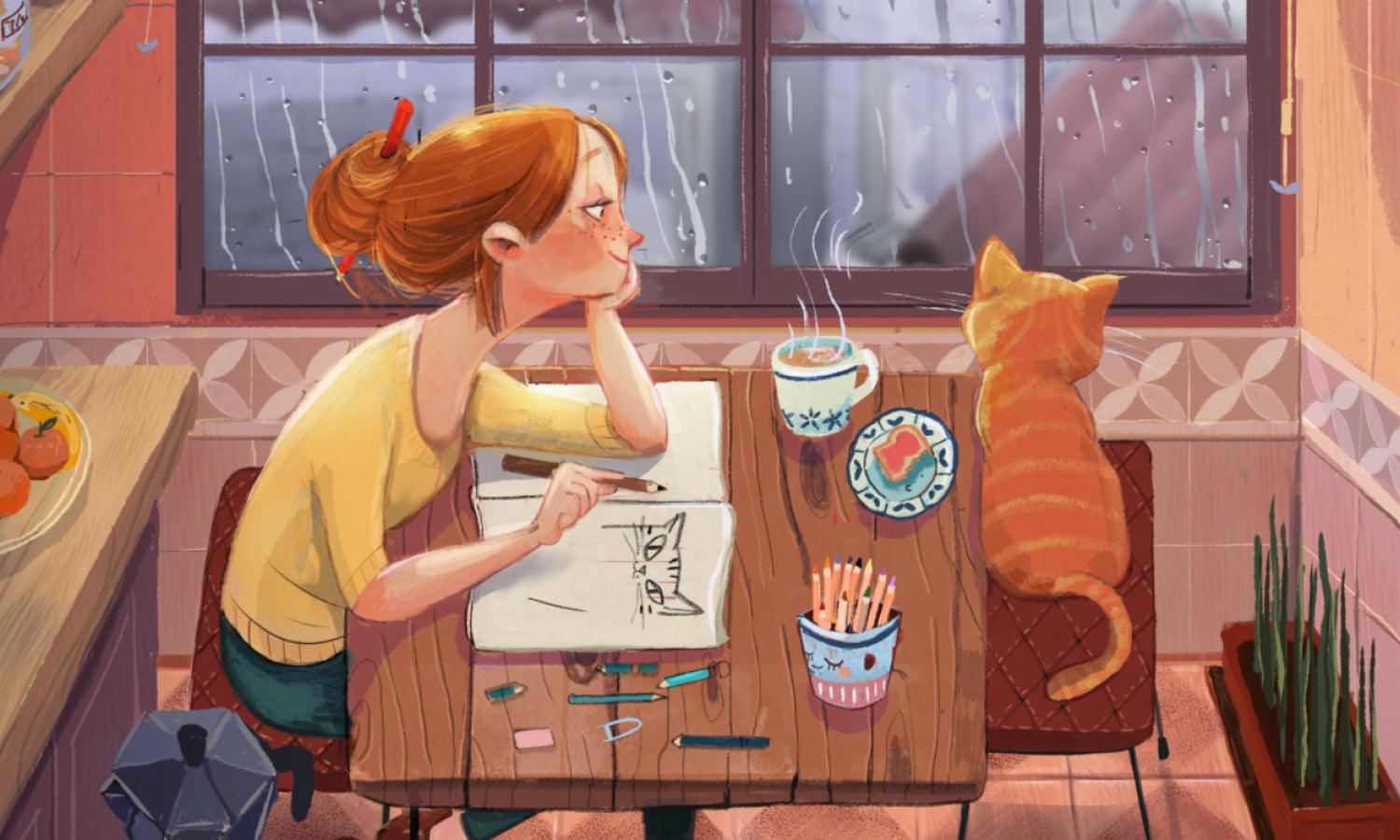
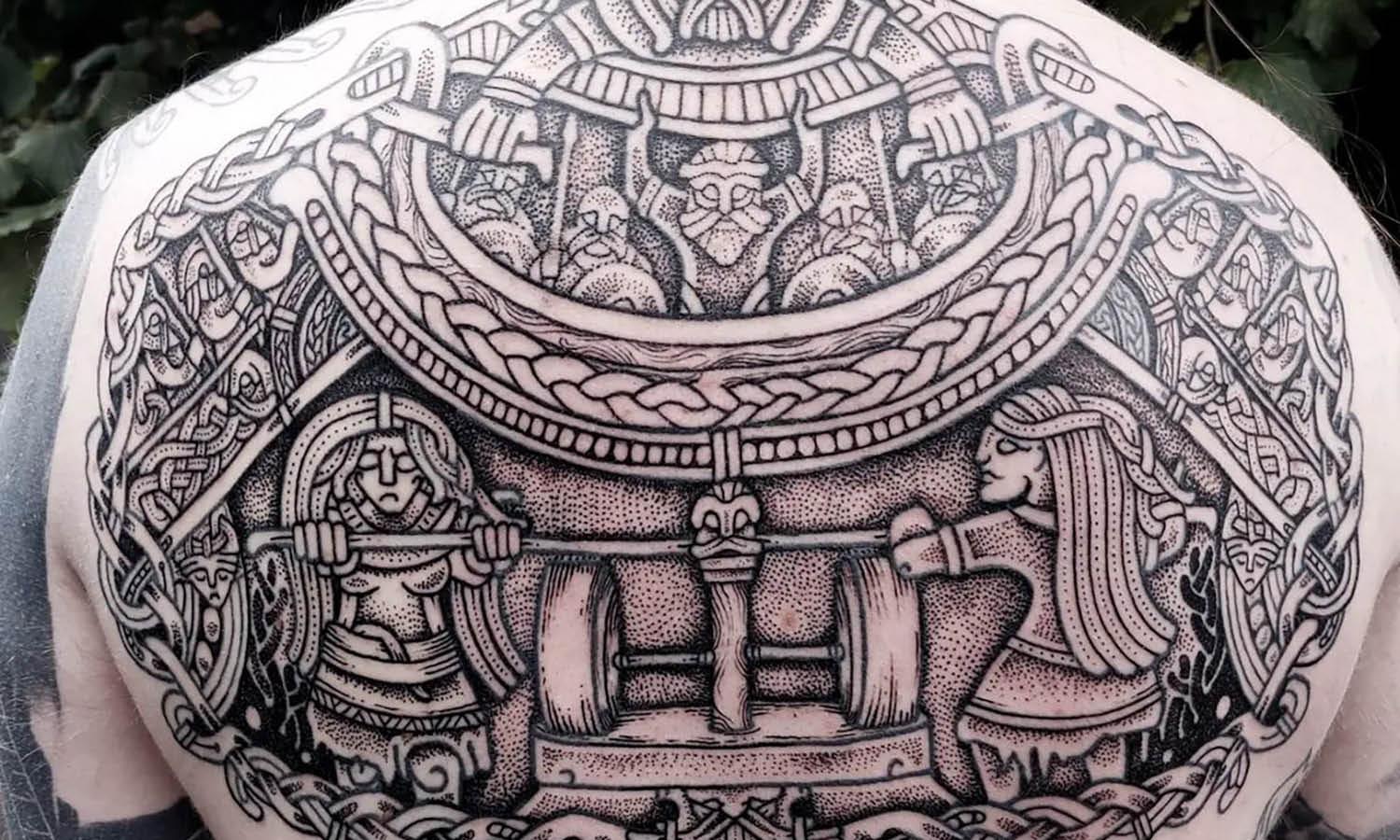
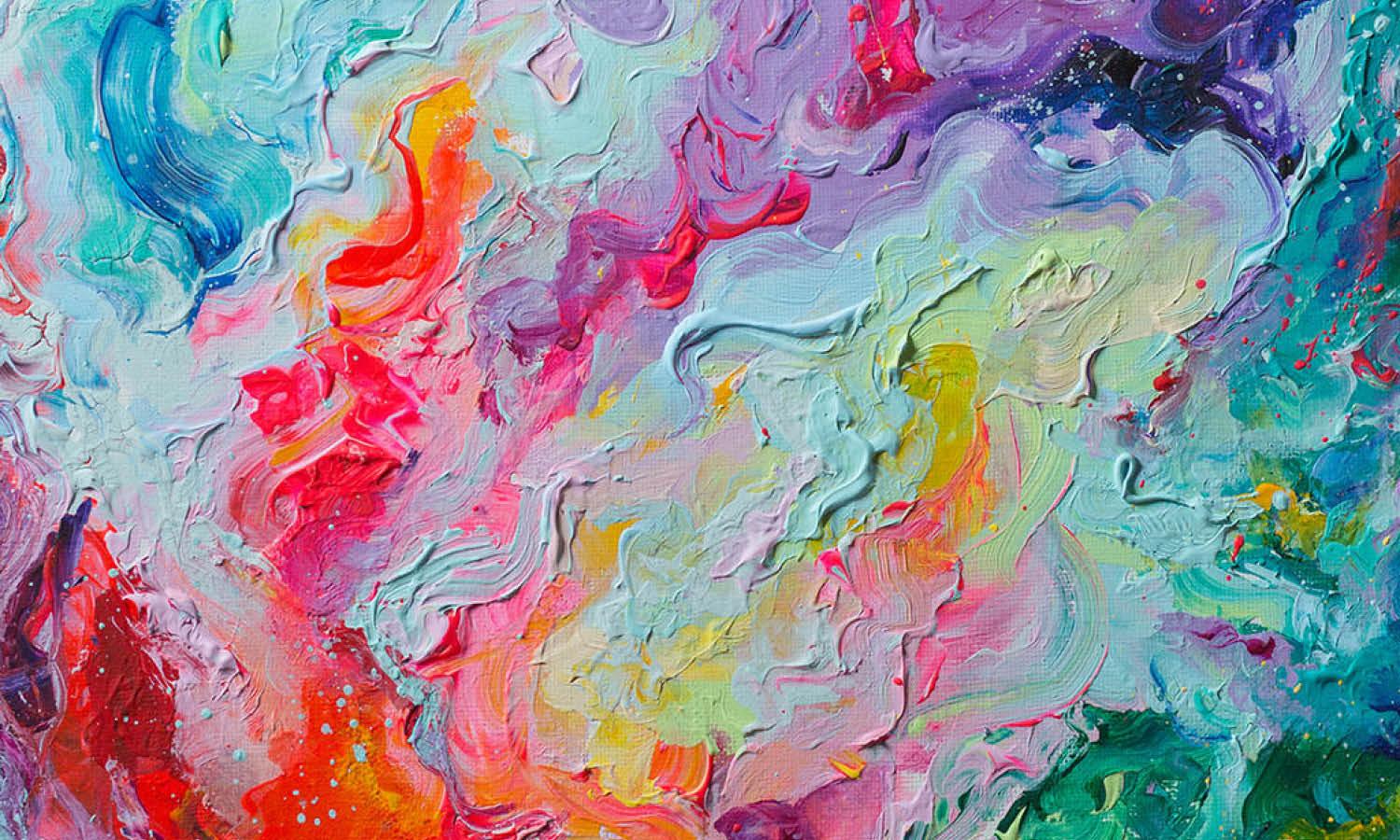
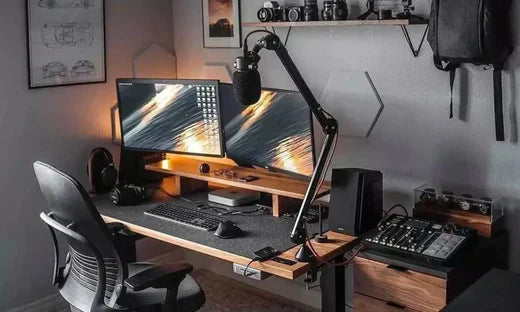
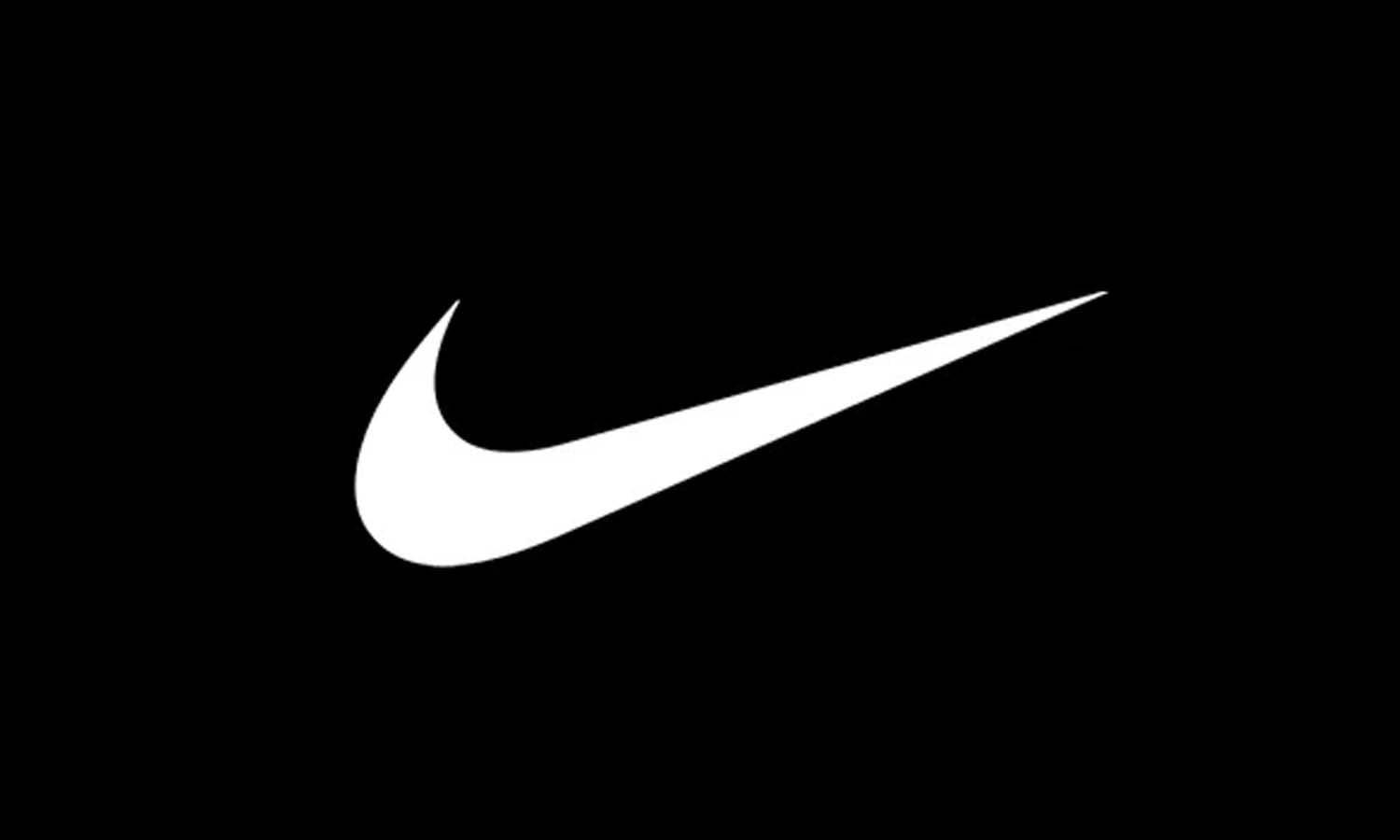
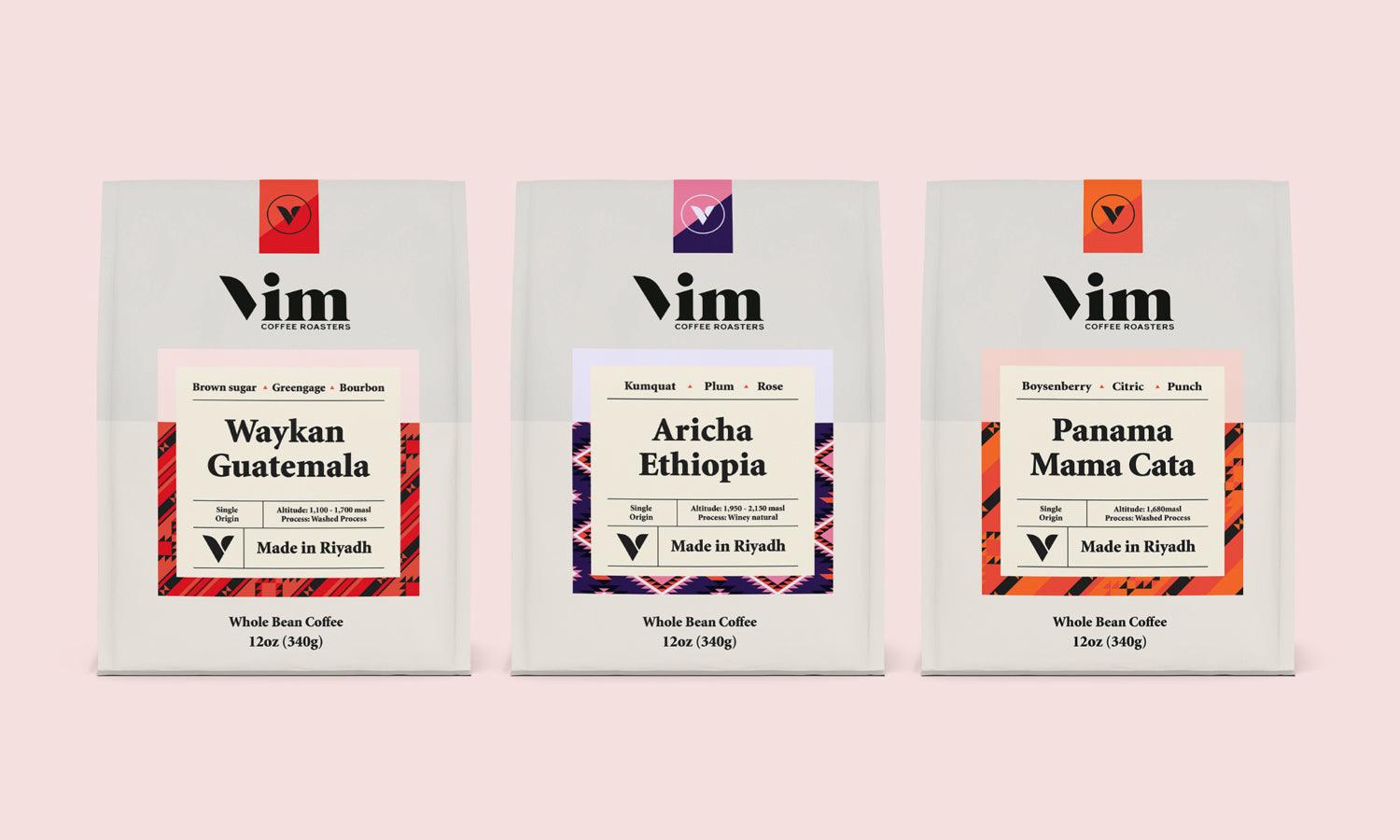
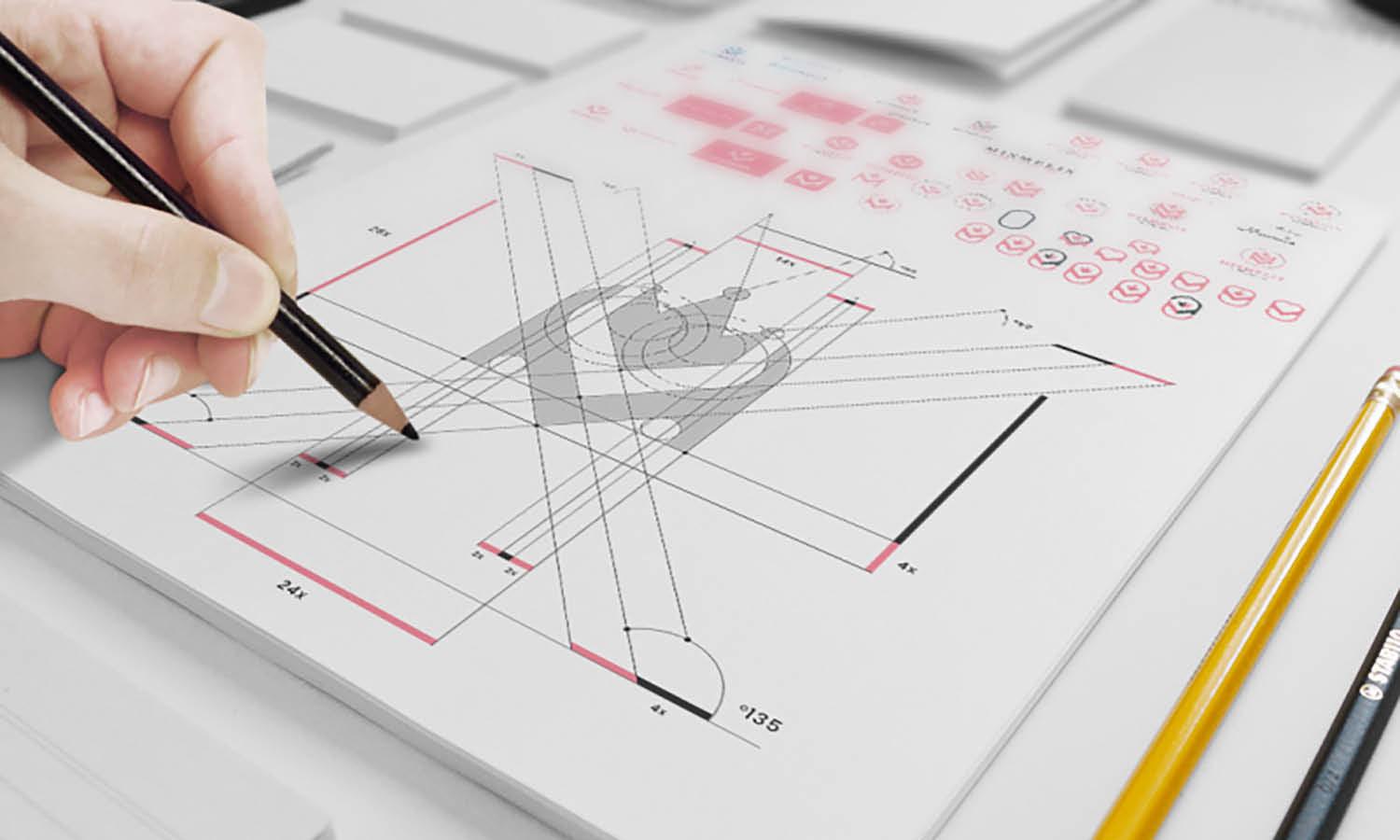
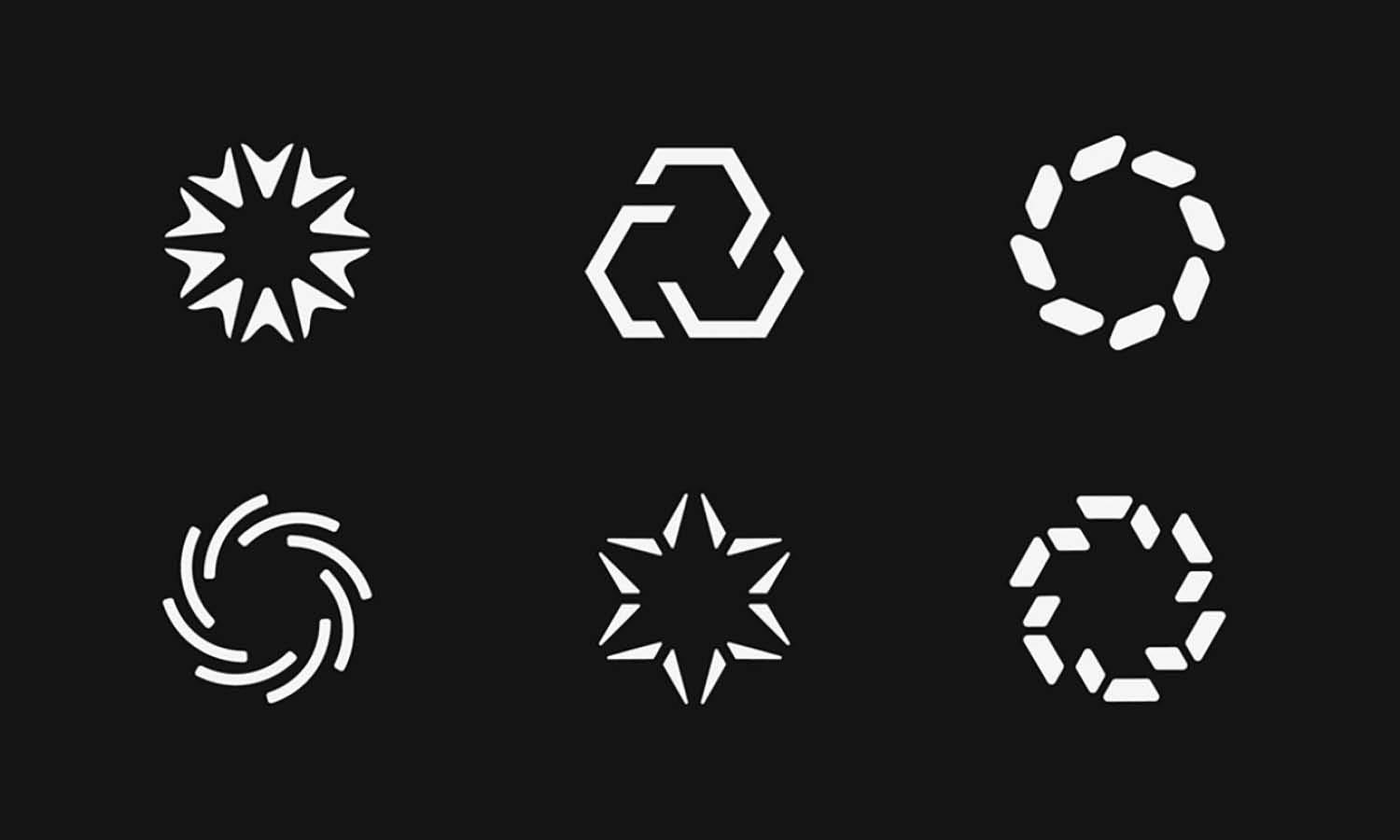






Leave a Comment